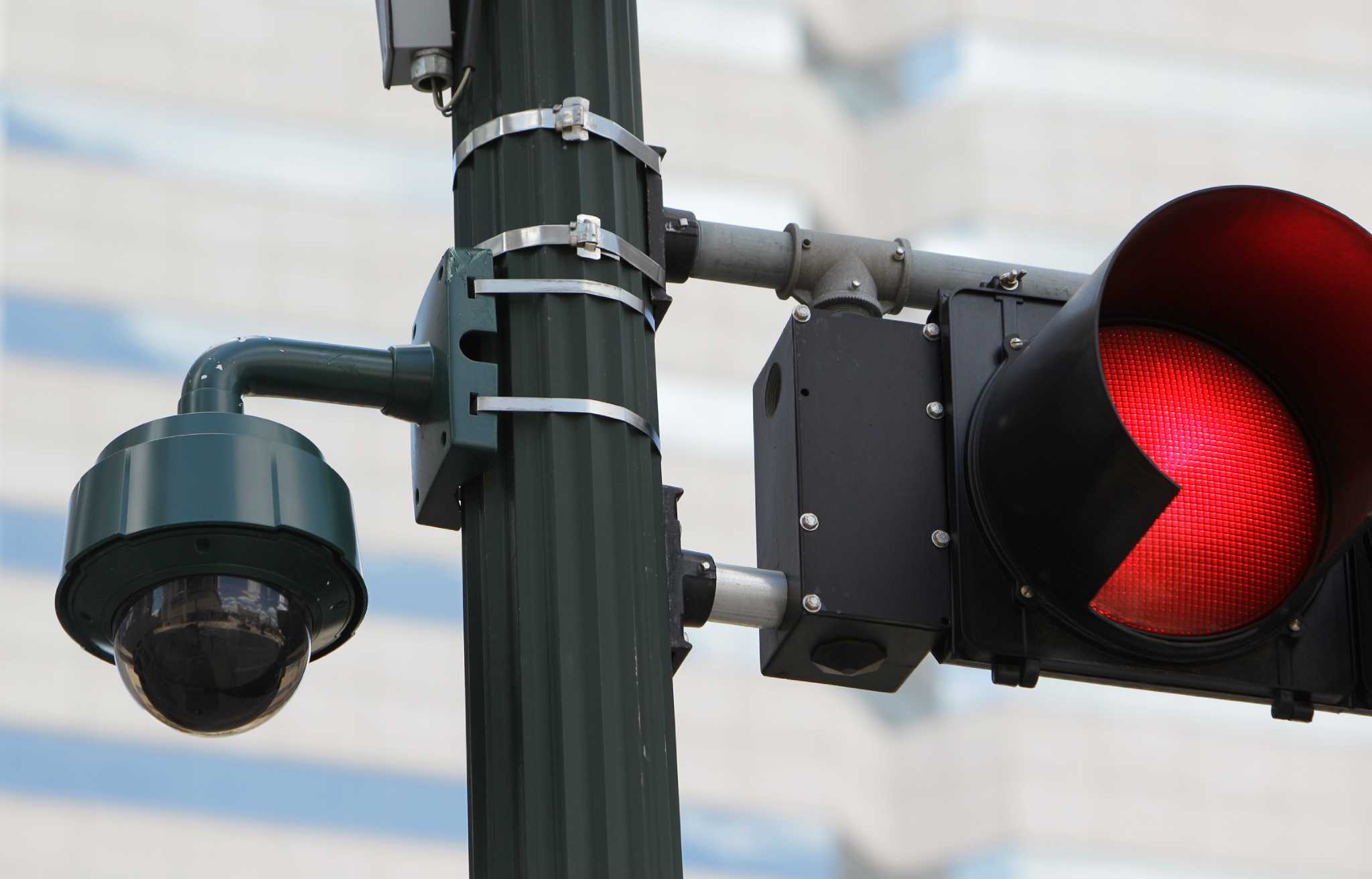Electronic Frontier Foundation: network performance of police car license scanners in the US - 0.5%

Surveillance cameras can be found almost anywhere in any country (fairly technologically advanced, of course). Most often, the installation of cameras involved in law enforcement. The argument of the need to deploy video surveillance networks is very convincing - if there are many cameras, then the crimes will be recorded, the criminals who have fallen into the "field of view" of the camera lens are relatively easy to identify and catch.
In addition, cameras are installed and on the roads - to track violators of traffic violations. In many countries, it is the camera, combined with the radar, record those who exceeded the speed, did not buckle up, talking on the phone. Another function of road surveillance is to locate vehicles searched for any wrongdoing people. A car number is entered into the database; if the camera records it, the police know where to look for the criminal. Everything seems to be all right, but there are many nuances that the MuckRock and Electronic Frontier Foundation organizations have uncovered. The main conclusion of their work - the effectiveness of road surveillance systems is very low.
In the year cameras fix tens of millions of license plates, recognizing them and checking with police databases. At the same time, the average result for the United States in terms of fixing the location of the wanted car is only 0.5%. This is a result that is obtained by comparing the total number of license plate fixings of all vehicles that fall within the range of a camera with the number of positive triggering of the identification system. Those. only a small fraction of the cars were wanted.
Efficiency is not too great, especially considering the cost of deploying such systems. But there are more nuances. The fact is that the surveillance data is “sheryat” police stations not only with each other, but also with other organizations, and by no means always with relevance to law enforcement agencies. We are talking about hundreds of agencies, some of which have nothing to do with the police.
And this already looks like a direct violation of the law. Whatever it was, but the authors of the project decided to share the results of the study by posting the report in open form on the network. “We realized that the sooner we do this, the sooner there will be a more reliable way to conduct investigations,” says one of the project participants.
It is also worth noting that the half-percentage point mentioned above is only “the average temperature in the hospital.” The real figure is far below average. In most cases, the efficiency of road surveillance systems is 0.02%, or even lower.

Although there are police departments that show much better results. One of these departments is from Missouri, Kansas. First, the volume of scanned license plates for this year has quadrupled - from 9.5 mn in 2016 to 37 million in 2017. In addition, there are a lot of positive positives here - the system's efficiency exceeds 7%. A very strange result, both in terms of increasing the volume of work, and increasing the number of positive responses.
Human rights defenders are alarmed by the constant growth of video surveillance systems with the almost complete lack of control over access to surveillance data. Almost never carried out checks on the legality of the use of video surveillance data by third-party agencies and organizations. Who, how and why works with all this information? Unclear.
In many countries, monitoring is conducted not only for cars, but also for pedestrians. Here, facial recognition is already used, and the performance of such systems is also not always satisfactory. In some cases there are positive positives, but they are erroneous. The performance of the system established by the Wales police during the 2017 Champions League was about 8%.
There are other examples. For example, in China in April of this year they caught a suspect in economic crimes at a concert with 50 thousand spectators. He went there for 90 km from the city in which he was hiding. After the arrest, the Chinese confessed that if he had known something about the current possibilities of the police, he would never have gone to the concert.
China is a paradise for video adherents. Not only fixed cameras are used, but also other systems. For example, in the city of Zhengzhou, police this year issued special glasses with video cameras that are connected wirelessly to a software platform for face recognition. It is very difficult to find a criminal on your own, since only 70 to 120 thousand passengers pass through the East Zhengzhou Railway Station daily .
